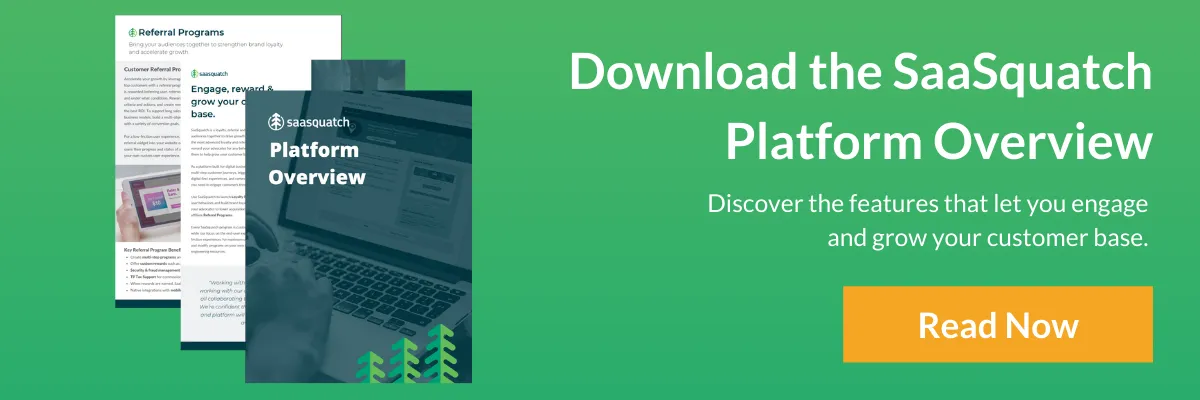Level Up Your Referral and Loyalty Programs with Gamification
Video games can make the world a better place. Jane McGonigal convinced many of us of this in her Ted talk. So if they can make the world a better place, can they make your product better? And what can they do for your referral and loyalty program?
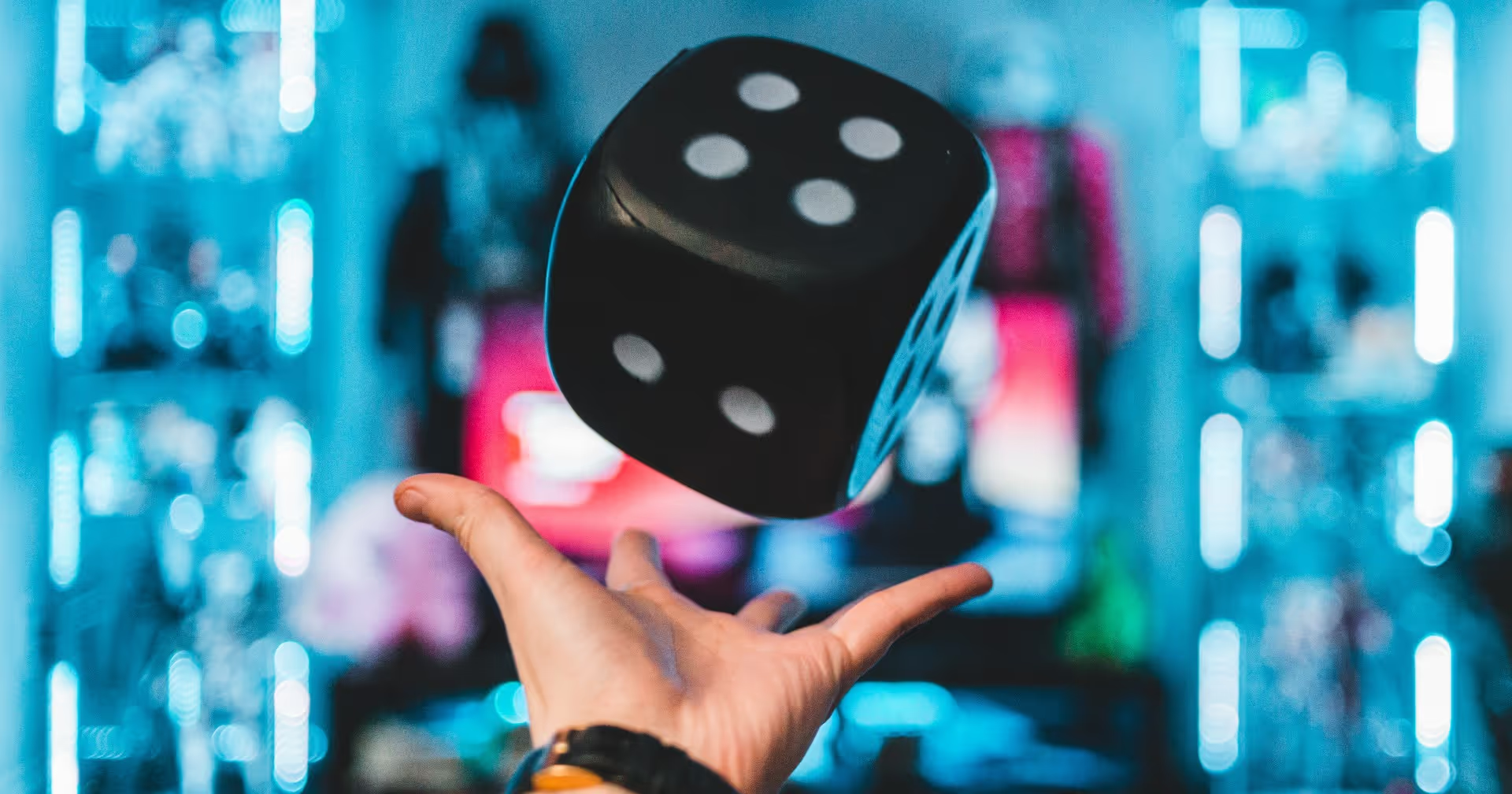
Gamification is the process of taking the elements that make games so engaging like competition, rewards, and achievement, and applying them to something else, like your app or software. From Twitter’s follower counter, to the setup process of your LinkedIn profile, to the reputation system of StackOverflow, game mechanics can work wonders for keeping customers coming back.
In fact, more than half of consumers agree that if a layer of competition were added to everyday activities, they would pay more attention to their behaviors and actions, while gamification strategies can lead to a 100% to 150% increase in engagement metrics. (source)
When it comes to designing your referral and loyalty programs, adding elements of gamification can boost participation, increase engagement and promote overall enjoyment. To get started, we're sharing five gamification strategies that can help take your programs to the next level.
What is gamification?
Gamification is the idea of adding game mechanics into something that isn’t inherently a game.
Game mechanics are the rules that guide users through a game, and are commonly seen in products like habit trackers, language learning apps, and more - not just to make it more fun, but to keep users coming back based on the motivations associated with games - winning, improving, and coming out on top!
At the heart of gamification are incentives and rewards - elements we already consider to be critical parts of a successful customer referral or loyalty program. However, the way in which you offer and present your rewards can have a significant impact on how it’s perceived by customers, which is where game mechanics come into play.
Why does gamification work?
It’s been found that by leveraging gamification strategies, customer activity online grows by an average of 68% and social sharing jumps by 22%. (source)
For the same reasons we can spend hours trying to reach a new level in Mario Party, tagging friends in Instagram comments to win a giveaway, or participating in Reddit threads to earn a new badge, gamification relies on a few key human natures:
- We like to win,
- We like to be rewarded and recognized, and
- We like to achieve goals.
Plus, the more fun someone is having with your program, the more likely they will want to share it with others. It also helps introduce people to your programs and give them an extra reason to try “playing”.
Check out our post on the psychology behind loyalty programs to learn more about how human tendencies influence participation in loyalty and referral programs.
Gamification strategies for your referral and loyalty programs
1 - Leaderboards
Use a leaderboard to display your top customers based on how many referrals they’ve made, how many points they’ve collected, or any other metric that you track. The leaderboard can either be displayed publicly or be kept among your customers, showing rankings and each user’s position from the top.
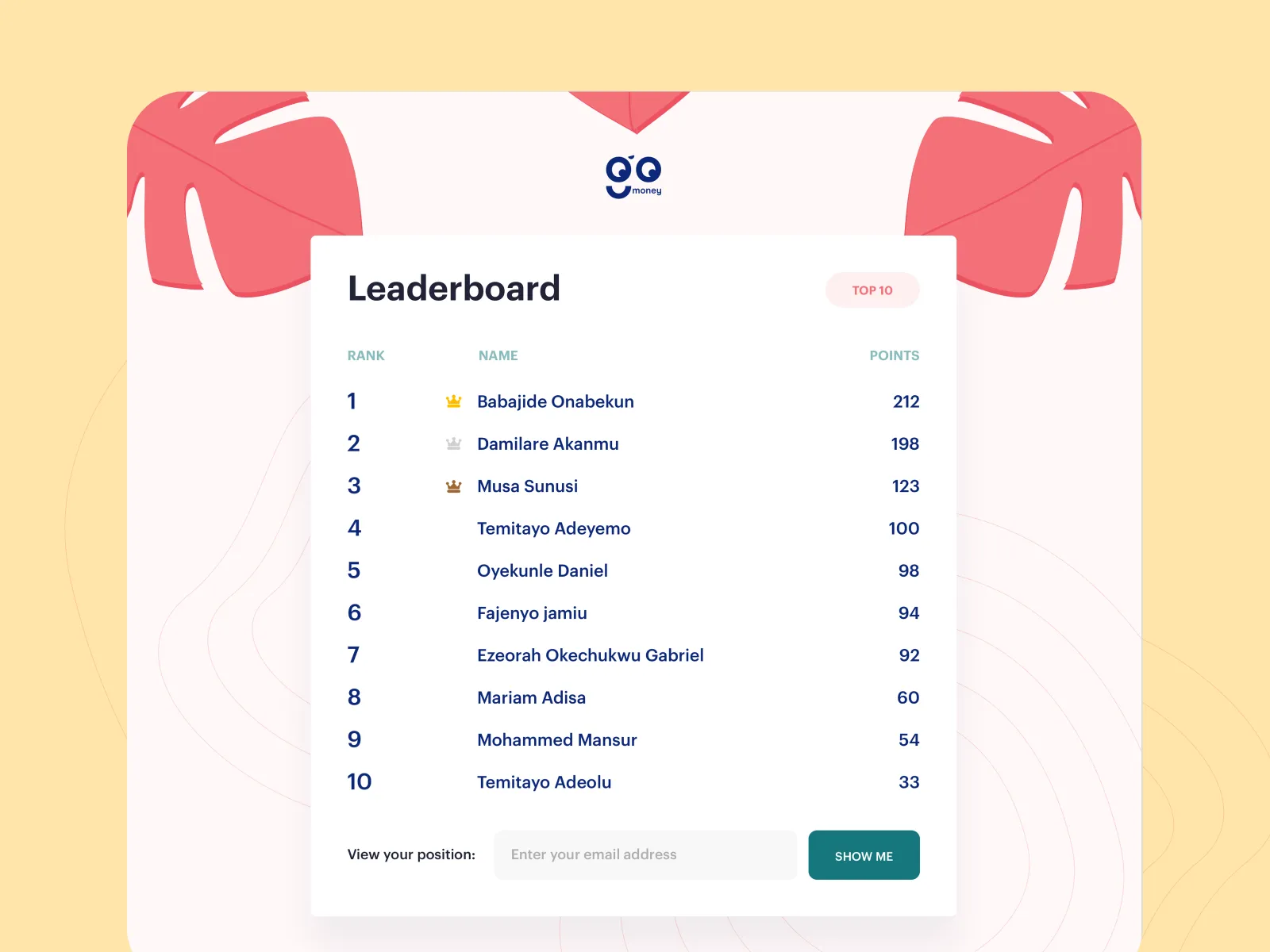
For example, have your brand keep track of how many referrals each customer has made and show it in a leaderboard that other participants can see. The top 5 customers at the end of each month receive a bonus $100 gift card. Alternatively, customers with the most points at the end of the month are entered to win a grand prize.
Tesla has been known to implement user boards to showcase it’s top referring customers (orders). The referral program has previously let the first person to make 10 referrals, in each region Tesla operates, get a fully loaded Model X for free. In addition, the owner with the most referrals by the end of the month in each region could exchange their current Model S for a brand new fully loaded Ludicrous P90D Model S.
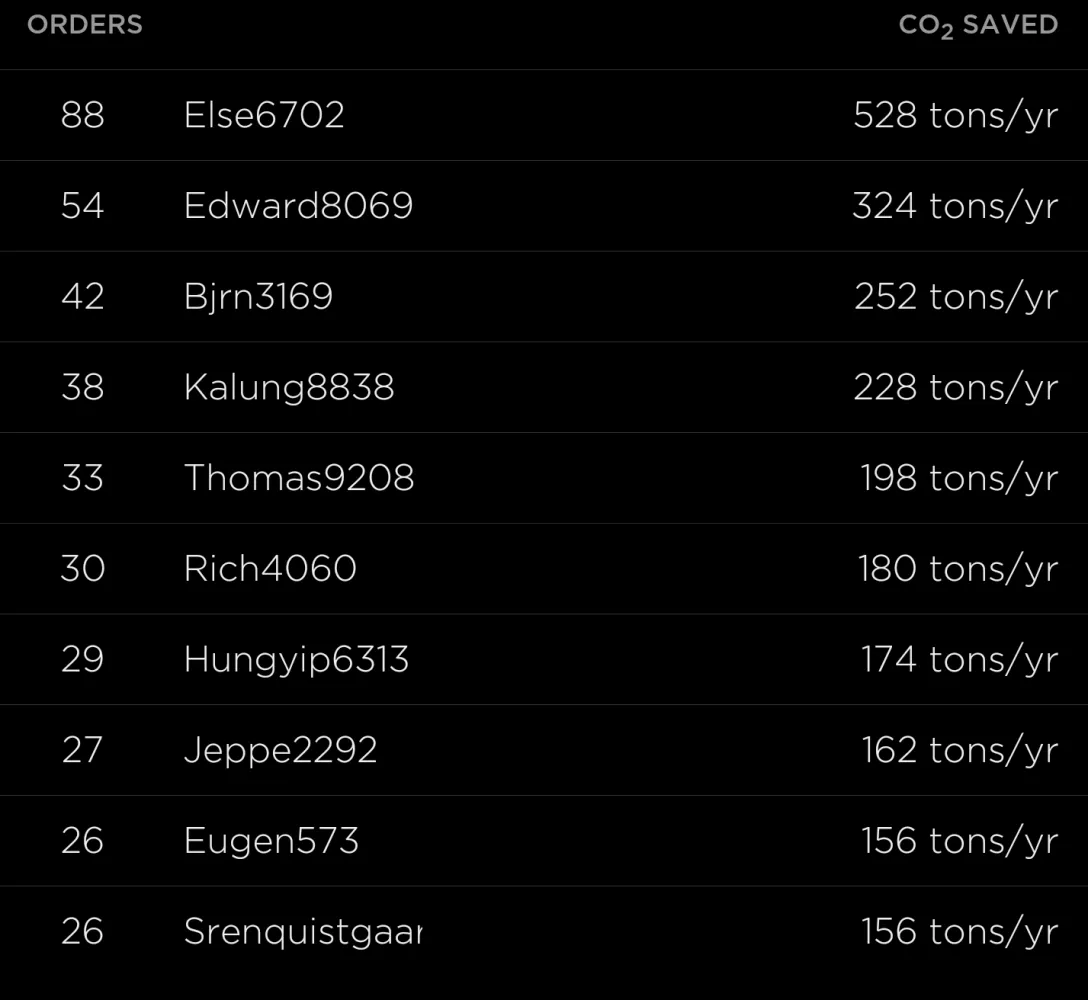
Why this works: Using a ranking system plays to a user's desire for achieving a high social status amongst both fellow customers and peers, while an innate aversion to loss triggers continuous engagement from those who don't want to lose their high position. You can further drive action by offering a more lucrative reward than you normally would since it’s only earned by a select few customers, allowing you to control your ROI.
2 - Milestone Rewards
Milestone rewards and goals engage your loyal customers to repeat a specific behavior (ie. make 5 referrals) or complete an array of actions in order to reach a goal and corresponding reward.
This is often seen in VIP programs where customers reach incremental reward tiers that offer better perks for higher levels (ie. Bronze, Silver, and Gold reward levels).
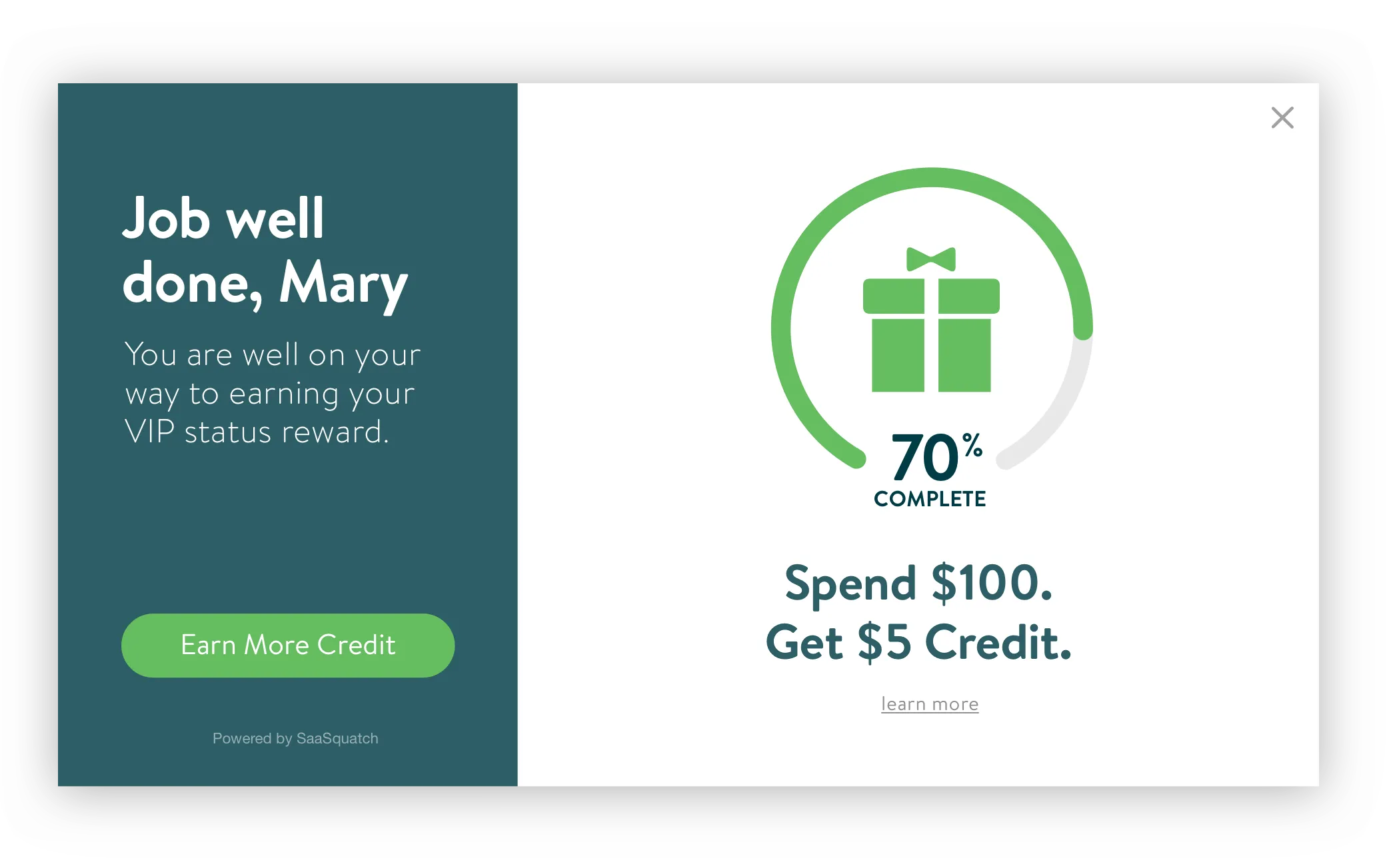
A critical part of milestone rewards and gamification in general is the display of progress towards a goal. Just like in a video game, you help users stay “in the game” so they can understand the payoff of their actions.
Whether this is done in-app or through email notifications, giving instant feedback and reminders helps them stay invested in completing the goal.
Why this works: Milestone rewards use visual cues to motivate achievement towards a specific goal and clear guidance to set expectations. Customers are more likely to repeat actions or behavior when they know they are close to achieving a reward goal - especially when it means becoming part of an elite group of customers.
For example, ride-sharing app Uber adopted a tiered rewards model which assigns users a different level (Blue, Gold, Platinum, or Diamond) once they accumulate a certain number of points. At each level, the user has access to more and more perks.
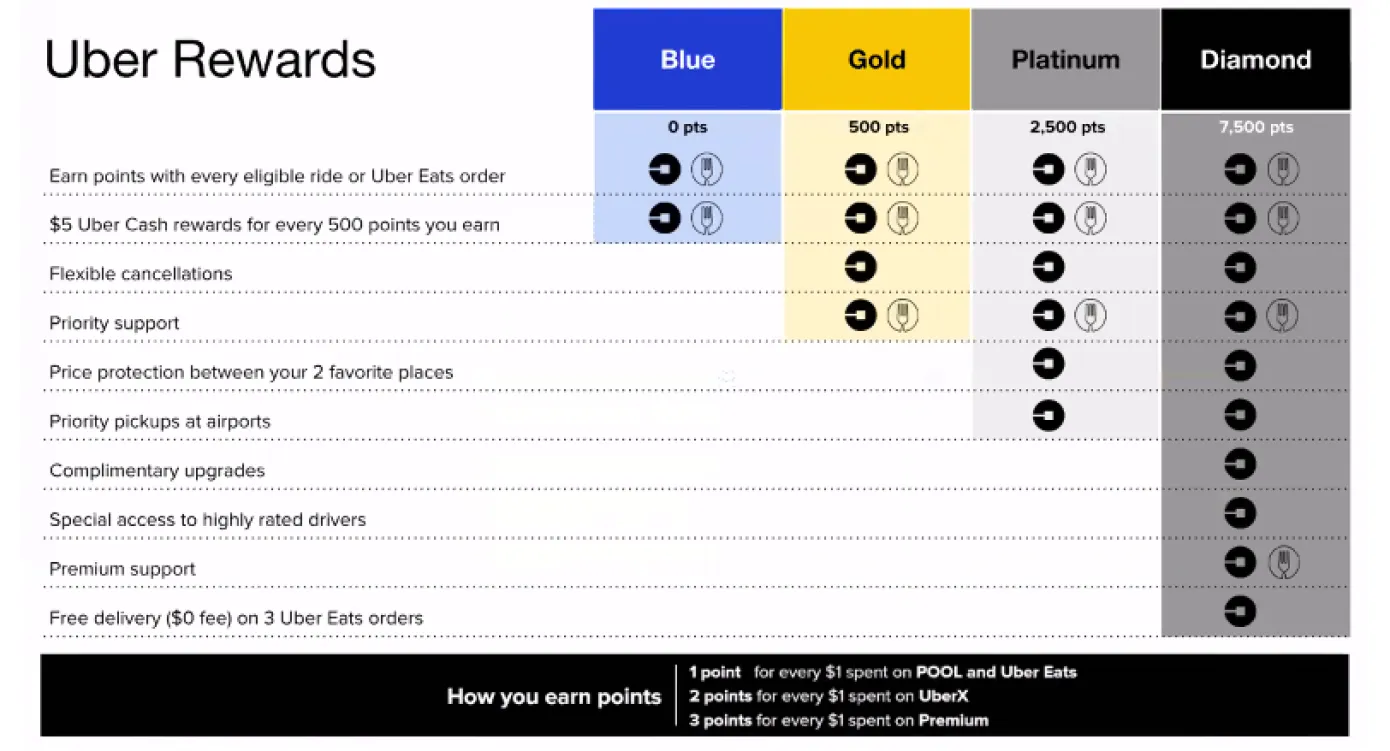
Visual cues are used within the app to help riders stay motivated to achieve the next reward level:
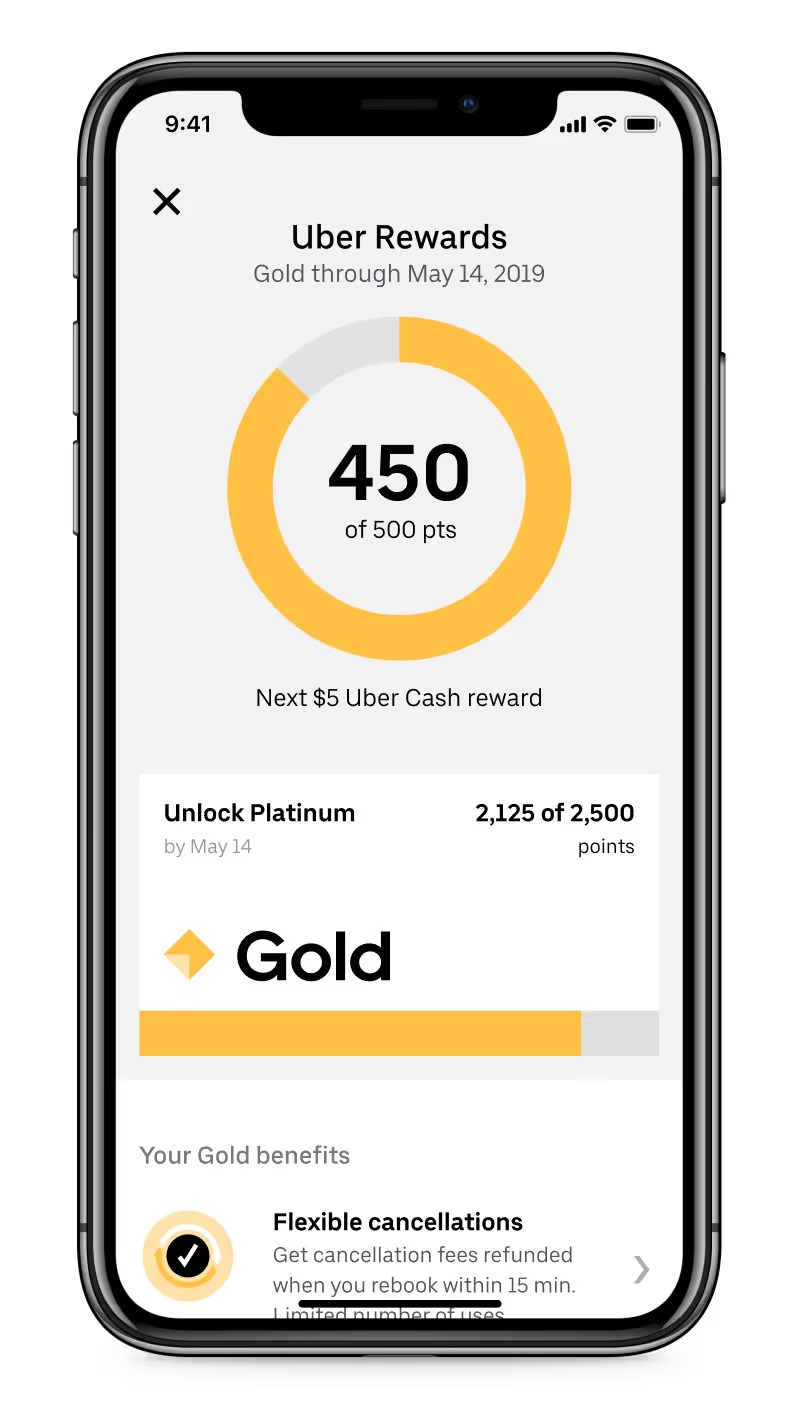
3 - Contests, Raffles and Draws
Using contests and sweepstakes in your referral and loyalty programs is a fun way to drive urgency leading up to the draw of a larger reward.
For example, run a limited-time program where every successful referral is an entry into the draw, or let customers earn more entries for specific behaviors inside your app like making a purchase, downloading your mobile app, or using a new feature.
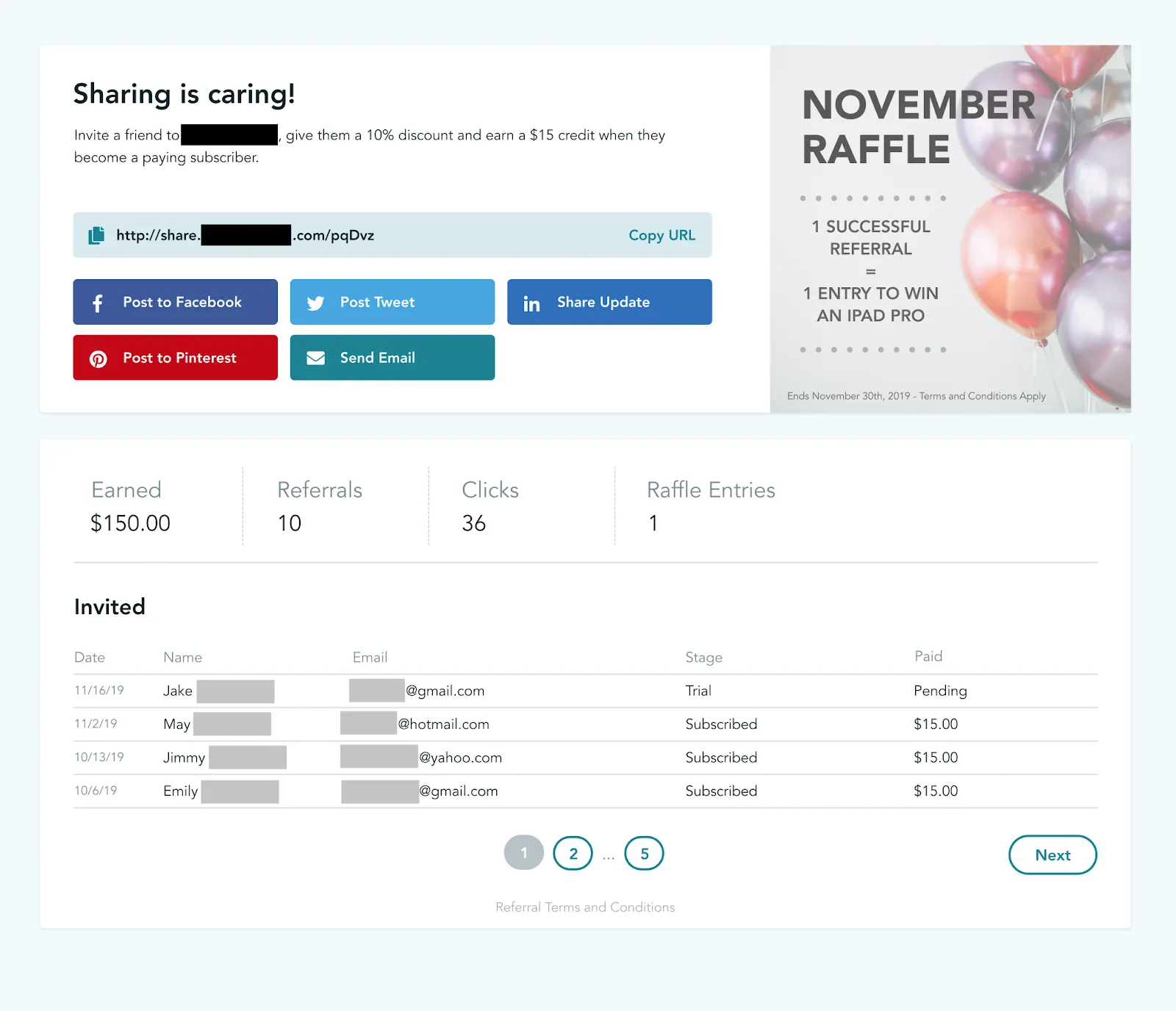
Why this works: Running a limited-time bonus offer can be a good way to spark initial participation in your programs if there is a lucrative reward at stake. Raffles and draws can be used to create urgency for a specific period of time (such as in slower seasons or before a big event), and generates high-quality referrals when customers know that they only get an entry if their referral is successful.
Below is an example from mobile and internet provider Ting. The telecom’s standard referral program rewards customers with $50 of bill credit for their first successful referral and $25 of bill credit for every referral after that, while the referred friend gets a $25 bill credit as well.
They ran a limited-time promotion that also entered every referral into a draw to win one of ten $100 Amazon gift cards.
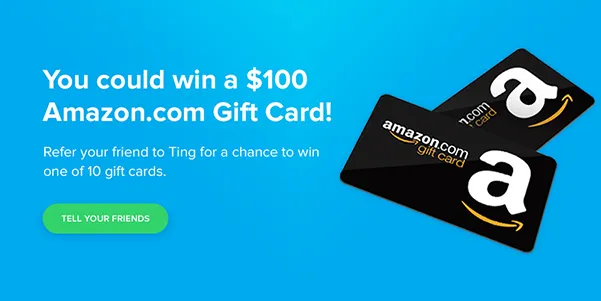
4 - Points
Just like how video games offer limited-time challenges to engage players, you can enhance your loyalty offerings with specialty point collection opportunities.
Reward users with a different amount of points for different actions, and track balances that can be redeemed for a catalog of items. Assign custom quantities of points to incentivize the completion of multiple user actions, giving customers a reason to keep earning and work towards a collection goal.
As you can see, it’s common for multiple gamification elements to be combined, such as offering a loyalty points program that makes use of milestone rewards or even a leaderboard.
Why this works: Points are one of the most widely-used elements of loyalty programs. They’re a popular element because they can be treated as “currency” that can be redeemed for a variety of rewards that appeal to all types of customers. By letting customers earn points for even the smallest of actions (ie. logging in, setting up their profile), the immediate gratification makes them feel successful and want to keep going.
As an example, while already a gaming platform in itself, Nintendo further drives player engagement by awarding points for purchases and playtime, which can then be redeemed for digital downloads and more games.
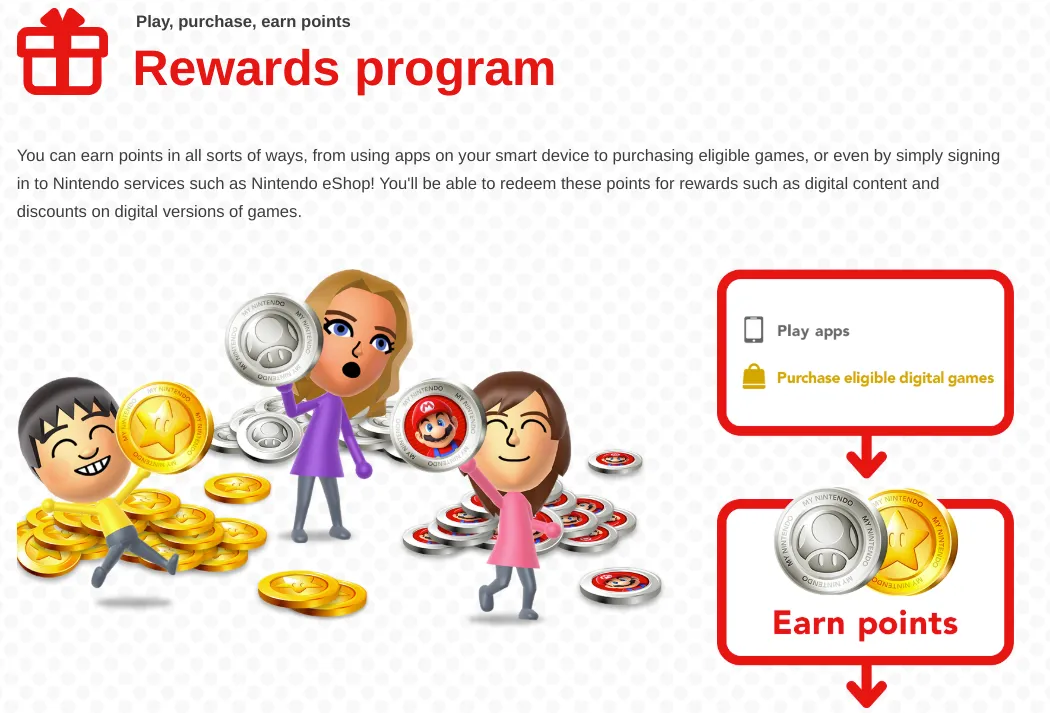
5 - Badges and recognition
Just as we like to win and reach goals, we also love to gain social credibility. As we discuss in our article all about the psychology behind loyalty programs, an elevated social status is one of the main driving factors behind participation in a loyalty or referral program.
By separating your best customers from your average ones, you can give users the opportunity to reach an exclusive status with your brand and instill a sense of accomplishment in anyone who achieves it.
This is commonly seen on social platforms like Reddit or StackOverflow where users are motivated to participate in forums and earn points - even if those points don’t have any monetary value. People are still driven to engage with the platform to be listed as one of the top users.
Badges are often used as a way to keep customers engaged as they work towards completing a larger goal (ie. Milestone Reward), or combined with other elements of gamification, such as earning points or a tangible reward along with your badge.
Why this works: Especially when fellow users can see who has achieved which badge, customers are motivated to maintain their status and target the next badge. This creates friendly competition among customers that doesn’t require your organization to spend any money, but relies on a user’s motivation for social recognition.
Wrapping Up
Adding gamification elements to your referral or loyalty program can be a unique way to boost engagement and participation. As you’ve learned, creating fun ways for customers to rank against themselves or against a pool of other people lends itself to the same reasons we become invested in playing video games.
You can try using launch sweepstakes, progression indicators, and competitions to drive traffic to your program (check out SCVNGR’s list for more ideas), but like any marketing campaign, you need to be open to experimenting with different tactics to find out what works right for your business.
In an interview, Ryan Elkins the founder & CEO of IActionable, was quoted saying “To me, the strength of gamification is not points or badges, but understanding how feedback can encourage and promote behavior.”
Ready to get started? Create a gamified referral or loyalty program today with SaaSquatch.
